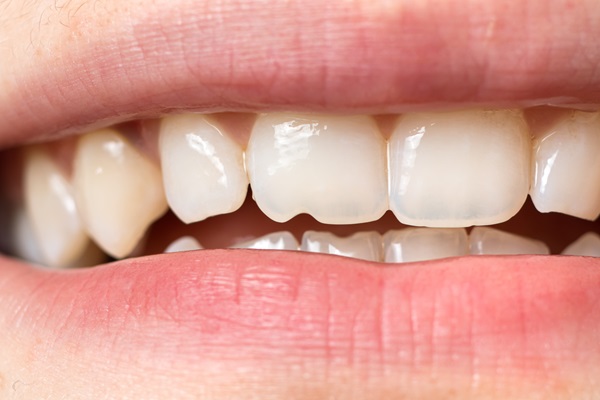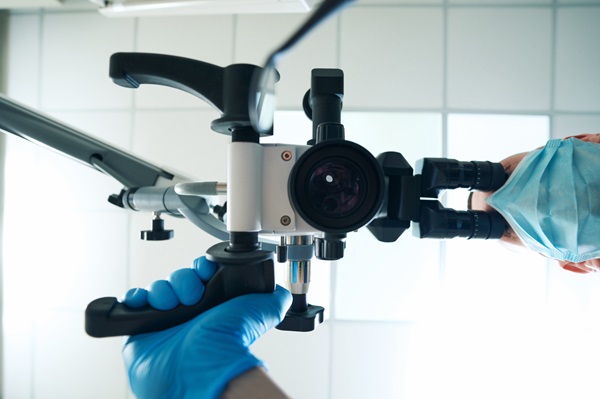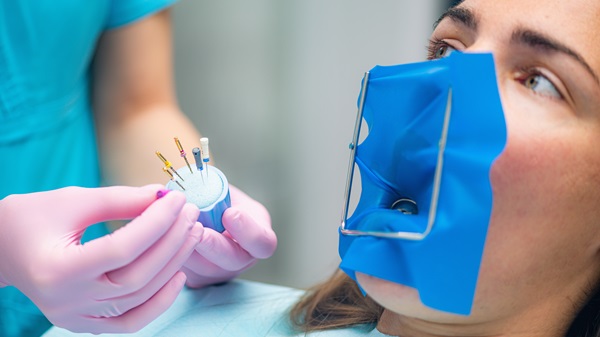Surgical Root CanalSanta Rosa, CA
When a patient receives a root canal, we will clean out the root of the tooth to prevent the infection from spreading any further. This can save the tooth itself and the other teeth as well. However, there is a chance that some of the infection breaks off into hidden canals or small fractures that an X-ray will not be able to find.
Thus, people who receive a traditional non-surgical root canal may need to return for a surgical root canal when the initial one is unable to remove every last bit of the infection. In other cases, the infection is severe enough that a surgical root canal is the better option.
Signs You Need a Surgical Root Canal
One of the main reasons surgery is necessary to treat an infected tooth instead of a non-surgical root canal is that people will wait until the symptoms reach their worst state to seek treatment. Since many people assume the worst when they hear the phrase “root canal,” they will avoid treatment. The truth is that even a surgical root canal will not be that problematic of a procedure.
The sooner that people seek professional treatment, the better chance people have of not needing surgery. Unfortunately, the signs that a root canal procedure is necessary will not always be very obvious. Signs that a person may need a root canal procedure include:
- Pain on or around a specific tooth
- Pain in a tooth when applying pressure or chewing
- Long-lasting sensitivity to hot or cold temperatures
- Noticeable discoloration of a tooth
- Swelling and tenderness in the gums
- A recurring pimple on the gums
What You Need to Know
A surgical root canal is similar to a non-surgical root canal in that they both have the same goal and follow a similar process. One of the main differences is that a patient will be asleep during a surgical root canal. This procedure may involve a more intensive approach than with a regular root canal. In order to reach the hidden canal, we may need to retract part of the gum tissue.
Once we find the source of the infected tissue or canal, we will remove whatever is left before closing the area back up. There are other types of surgeries that might be necessary, depending on what the patient needs. It is crucial to remove all traces of the infection, otherwise, it will continue to spread to other teeth and never truly go away.
People may assume that brushing and flossing are all they need, but that is not the case. Since brushing and flossing mainly clean the surface, it is important to keep an eye out for anything that seems unnatural in the teeth. Regular dental checkups can also help, but will not help if a root canal is necessary.
Q&A
We understand that people may have concerns or questions about the root canal procedure. While we can answer any questions during an appointment, here are a few of the common questions and our answers to them:
How Long Will the Root Canal Take?
The initial procedure of a surgical root canal will take several hours to complete. In general, the patient will return home the same day. In some cases, the patient may return a week later to fill up the gap in the tooth. Overall, the patient will be able to continue using the tooth with normal functionality after the procedure.
Will the Procedure Hurt?
No. Not only will we numb the patient, but we may also use sedation dentistry so the patient is asleep during the procedure. The patient will not feel anything and in some cases, not remember much of anything during the procedure.
Will There Be any Pain After the Procedure?
The patient may feel minor soreness following the procedure, but nothing that is not easily bearable with store-bought painkiller medication. Depending on the type of procedure, the patient may need to take it easy and avoid certain foods after the procedure. In most cases, the soreness will go away in a few days after the appointment.
Is it Better to Pull The Tooth Out Instead of a Root Canal?
In most cases, no. Removing the entire tooth will require replacing it with a dental implant or other artificial teeth. Depending on what the patient chooses, the jawbone may not receive enough stimulation and begin to leach calcium from the jawbone to distribute to other parts of the body. A root canal leaves the outer shell and root of the tooth to continue stimulating the jawbone.
Is There Any Follow-Up Care I Need to Know About?
Not necessarily. The patient merely needs to continue taking care of the tooth in the same way as the other teeth. After removing the dental pulp, the tooth will not feel pain. Any soreness will fade after a few days. If there are any specific instructions for care, we will notify the patient during the appointment.
Contact Us
Santa Rosa Endodontics is located at
1400 N Dutton Ave Ste 11
Santa Rosa, CA
95401.





